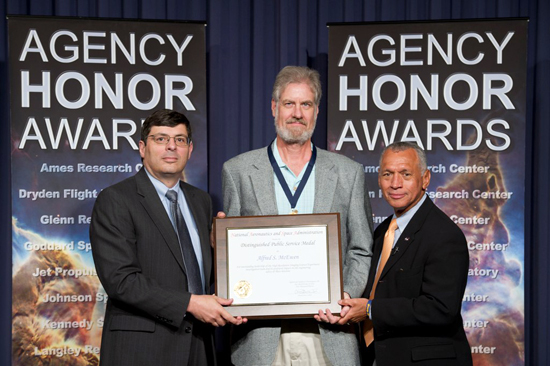 Alfred McEwen, professor of planetary science at the UA's Lunar and Planetary Laboratory and principal investigator of the largest imaging campaign ever launched to another planet, has been awarded NASA's Distinguished Public Service Medal, the highest NASA honor given to a non-government employee.
Alfred McEwen, professor of planetary science at the UA's Lunar and Planetary Laboratory and principal investigator of the largest imaging campaign ever launched to another planet, has been awarded NASA's Distinguished Public Service Medal, the highest NASA honor given to a non-government employee.
McEwen accepted the award on June 30 during a ceremony at the NASA headquarters in Washington, D.C.
As the principal investigator on the High Resolution Imaging Science Experiment, or HiRISE, for the Mars Reconnaissance Orbiter, or MRO, McEwen oversees the most ambitious undertaking ever launched to image another planet. HiRISE has yielded stunning photographs in unprecedented detail that have dramatically changed our view of the Red Planet.
Under McEwen's leadership, the HiRISE mission team has gone out of its way to serve not only the science community but also the general public by making efforts to release the data as quickly as possible after they become available and making them accessible via user-friendly tools.
Nicknamed the "people's camera," the HiRISE camera has been aimed at imaging targets on Mars chosen by members of the public through a program called HiWish, which started last year.
"This award really recognizes the whole HiRISE team," McEwen said. "It's a joint effort involving hundreds of people, including those who developed the instrument, especially at Ball Aerospace, to the experts at NASA's Jet Propulsion Laboratory who have run the mission, to the people at Lockheed Martin where the spacecraft was built. And then there are those here at the UA of course, who run the camera and collect the scientific data, interpret them and make them available to the scientific community as well as the public."
According to NASA, the Distinguished Public Service Medal is granted only to individuals whose distinguished accomplishments contributed substantially to the NASA mission. The contribution must be so extraordinary that other forms of recognition would be inadequate.
McEwen said the HiRISE mission has made it possible to really understand active surface processes on Mars.
"For the first time we have the resolution and the capability to repeatedly image places to observe change of the surface that we did not know about before. We did not know whether the Martian sand dunes were active or not � now we do. We now know there are gullies that are active in the wintertime when there is carbon dioxide in the ground. Other features are active in the summer. If we want to understand geology, it's so much better to see things change instead of trying to interpret a static picture."
After working at the U.S. Geological Survey's Branch of Astrogeology in Flagstaff, McEwen obtained a doctorate in planetary geology at Arizona State University before joining LPL in 1996.
He has published more than 150 peer-reviewed publications and is the recipient of numerous NASA Group Achievement Awards for his contributions to planetary missions.
HiRISE has been crucial in helping NASA assess and select landing sites for future missions such as the Mars Science Laboratory, or MSL, set to launch this fall. The size of a small SUV, MSL is the largest rover ever built to explore the Martian surface.
"Selecting a site for landing and roving is a balance of science potential and engineering constraints or risk," McEwen explained. "One site may be more scientifically promising but also more risky."
To date, after five years of circling the Red Planet, the HiRISE camera has imaged 1.3 percent of its surface. But according to McEwen, global coverage was never intended to or even hoped for this experiment.
At a resolution of roughly a foot per pixel, it would take many pixels to cover Mars, and even at the highest data rate of any previous deep space mission it takes a long time to cover Mars at that scale.
HiRISE is complemented by another camera, called the Context Camera, or CTX, which shoots pictures at 6 meters per pixel. CTX already has covered 60 percent and with a few more mission extension, probably could achieve full coverage of the Martian terrain.
McEwen is also the principal investigator on an upcoming Mars imaging program called High-resolution Stereo Color Imager, or HiSCI, for the ExoMars Trace Gas Orbiter, set to launch in January 2016. As part of the joint mission between NASA and the European Space Agency, or ESA, the UA-operated HiSCI camera will deliver high-resolution stereo color imaging at a much wider coverage than HiRISE.
HiSCI's primary mission is to measure trace gases in the Martian atmosphere. For this purpose, the spacecraft will carry two spectrometers to analyze trace gases using ultraviolet to infrared spectroscopy.


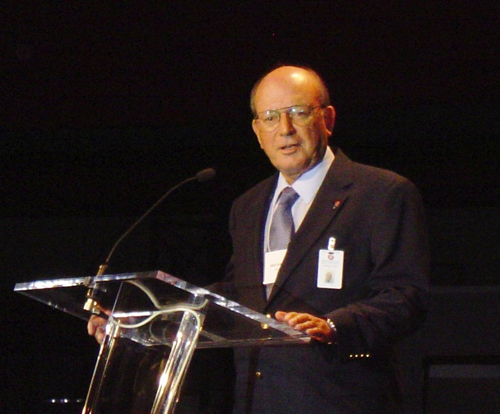 Michael J. Drake was born July 8, 1946 in Bristol, England. He grew up in England and attended college at Victoria University of Manchester where he received a Bachelor of Science degree in Geology with honors in 1967. Mike earned his Ph.D. in Geology working with Dan Weill at the University of Oregon. After a spending a year as a postdoctoral research associate with John Wood at the Smithsonian Astrophysical Observatory, Mike migrated to the University of Arizona, where he remained for the rest of his career. In Tucson he met and married his wife Gail Georgenson and together they have two well-accomplished children Matthew and Melissa and one granddaughter Elsie. Mike became a naturalized citizen of the United States and was a proud American.
Michael J. Drake was born July 8, 1946 in Bristol, England. He grew up in England and attended college at Victoria University of Manchester where he received a Bachelor of Science degree in Geology with honors in 1967. Mike earned his Ph.D. in Geology working with Dan Weill at the University of Oregon. After a spending a year as a postdoctoral research associate with John Wood at the Smithsonian Astrophysical Observatory, Mike migrated to the University of Arizona, where he remained for the rest of his career. In Tucson he met and married his wife Gail Georgenson and together they have two well-accomplished children Matthew and Melissa and one granddaughter Elsie. Mike became a naturalized citizen of the United States and was a proud American.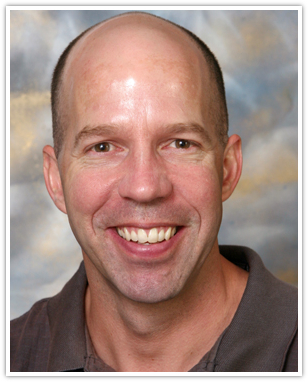 Kudos to PTYS/LPL adjunct faculty member Steven Kortenkamp, recipient of the 2011 College of Science Innovation in Teaching Award.
Kudos to PTYS/LPL adjunct faculty member Steven Kortenkamp, recipient of the 2011 College of Science Innovation in Teaching Award.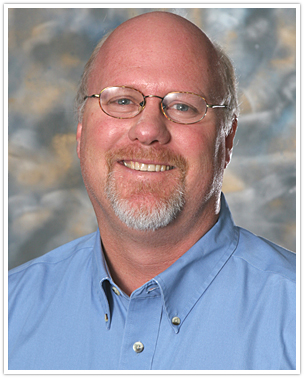 In May of this year,
In May of this year, 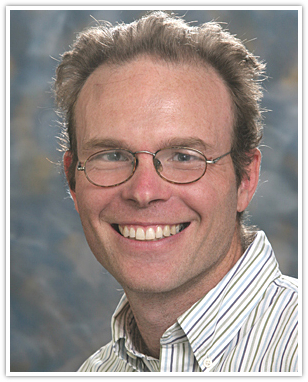 Congratulations to
Congratulations to 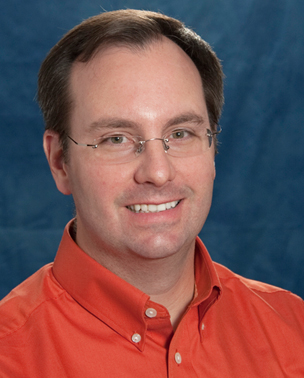 Tom Zega recently joined LPL/PTYS as an Assistant Professor. Prior to arriving at LPL, Tom spent seven years in the Materials Science Division at the Naval Research Laboratory (NRL) in Washington D.C., first as a National Research Council postdoctoral fellow, and then as staff scientist. At NRL, Tom used high-resolution electron microscopy techniques to investigate, among other things, the atomic structure and crystal chemistry of minerals within primitive meteorites to learn about the chemical evolution of the early solar system and ancient stars.
Tom Zega recently joined LPL/PTYS as an Assistant Professor. Prior to arriving at LPL, Tom spent seven years in the Materials Science Division at the Naval Research Laboratory (NRL) in Washington D.C., first as a National Research Council postdoctoral fellow, and then as staff scientist. At NRL, Tom used high-resolution electron microscopy techniques to investigate, among other things, the atomic structure and crystal chemistry of minerals within primitive meteorites to learn about the chemical evolution of the early solar system and ancient stars.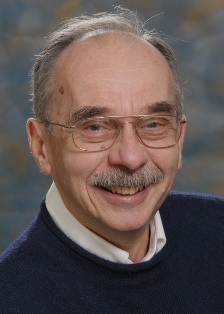 Although I am nominally Emeritus, I am not exactly living life in an intellectual backwater. I do about one University speaking gig per month. The subject of space resources is very hot right now, as all the media stories about the Keck Institute asteroid retrieval mission and the "coming out party" of Planetary Resources Co. attest. I have been guest of honor (chief relic) on display at two international symposia devoted to my book, "Mining the Sky" at Vrije Universitet Amsterdam and Kyoto University. I haven't noticed anything in LPL mail about Planetary Resources, but there's a lot to be proud of there. The President is LPL's own [UA alumnus, former UA Space Grant student and president of UA SEDS] Chris Lewicki, and his advisors include [LPL alumni] Mark Sykes and Tom Jones. The company is based upon ideas set forth in "Mining the Sky," so of course I'm in the loop too. This is about the sixth such venture I've been involved with, including one involving Gene and Carolyn Shoemaker, Jeff Kargel, Larry Soderblum, and the two Original Lewises, that we put together just before Gene was killed, but this is the first and only one to have strong financial backing (meaning investment from Google top mangement). Lewicki, Jones, and I are all involved in the Keck Institute asteroid retrieval proposal team, aiming at moving a 500 to 1000-tonne NEA into a safe orbit around the Moon and opening it as an international research park. On the family front, fecundity is still the rule. Our six kids have now generated 32 grandchildren, of whom three are recently married (you can see where this is going).
Although I am nominally Emeritus, I am not exactly living life in an intellectual backwater. I do about one University speaking gig per month. The subject of space resources is very hot right now, as all the media stories about the Keck Institute asteroid retrieval mission and the "coming out party" of Planetary Resources Co. attest. I have been guest of honor (chief relic) on display at two international symposia devoted to my book, "Mining the Sky" at Vrije Universitet Amsterdam and Kyoto University. I haven't noticed anything in LPL mail about Planetary Resources, but there's a lot to be proud of there. The President is LPL's own [UA alumnus, former UA Space Grant student and president of UA SEDS] Chris Lewicki, and his advisors include [LPL alumni] Mark Sykes and Tom Jones. The company is based upon ideas set forth in "Mining the Sky," so of course I'm in the loop too. This is about the sixth such venture I've been involved with, including one involving Gene and Carolyn Shoemaker, Jeff Kargel, Larry Soderblum, and the two Original Lewises, that we put together just before Gene was killed, but this is the first and only one to have strong financial backing (meaning investment from Google top mangement). Lewicki, Jones, and I are all involved in the Keck Institute asteroid retrieval proposal team, aiming at moving a 500 to 1000-tonne NEA into a safe orbit around the Moon and opening it as an international research park. On the family front, fecundity is still the rule. Our six kids have now generated 32 grandchildren, of whom three are recently married (you can see where this is going). Dr. Joellen Russell, Associate Professor in the UA Department of Geosciences, has been named to a courtesy joint appointment in the Department of Planetary Sciences (PTYS) and Lunar and Planetary Laboratory. Professor Russell is currently serving as the major advisor for PTYS graduate student Juan Lora. She is collaborating with Assistant Professor Daniel Apai on a pending NASA astrobiology proposal, and continues her work with former LPL faculty member, Jonathan Lunine. Professor Russell earned her Ph.D. in Oceanography from Scripps Institution of Oceanography, University of California, San Diego: "The Biogeochemistry of Southern Ocean Intermediate and Mode Waters."
Dr. Joellen Russell, Associate Professor in the UA Department of Geosciences, has been named to a courtesy joint appointment in the Department of Planetary Sciences (PTYS) and Lunar and Planetary Laboratory. Professor Russell is currently serving as the major advisor for PTYS graduate student Juan Lora. She is collaborating with Assistant Professor Daniel Apai on a pending NASA astrobiology proposal, and continues her work with former LPL faculty member, Jonathan Lunine. Professor Russell earned her Ph.D. in Oceanography from Scripps Institution of Oceanography, University of California, San Diego: "The Biogeochemistry of Southern Ocean Intermediate and Mode Waters."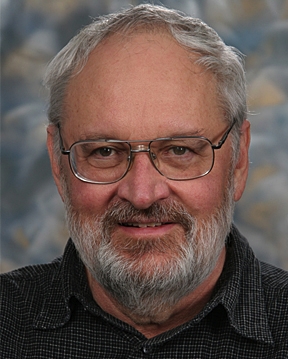 Regents' Professor Vic Baker will be the inaugural GSA (Geological Society of America) Distinguished International Lecturer this fall, giving lectures on "Megafloods on Earth, Mars, and Beyond" and "Geological History of Water on an Earth-like Planet" during a tour across Europe in October. Congratulations to Vic on the honor, and good luck on the tour.
Regents' Professor Vic Baker will be the inaugural GSA (Geological Society of America) Distinguished International Lecturer this fall, giving lectures on "Megafloods on Earth, Mars, and Beyond" and "Geological History of Water on an Earth-like Planet" during a tour across Europe in October. Congratulations to Vic on the honor, and good luck on the tour.